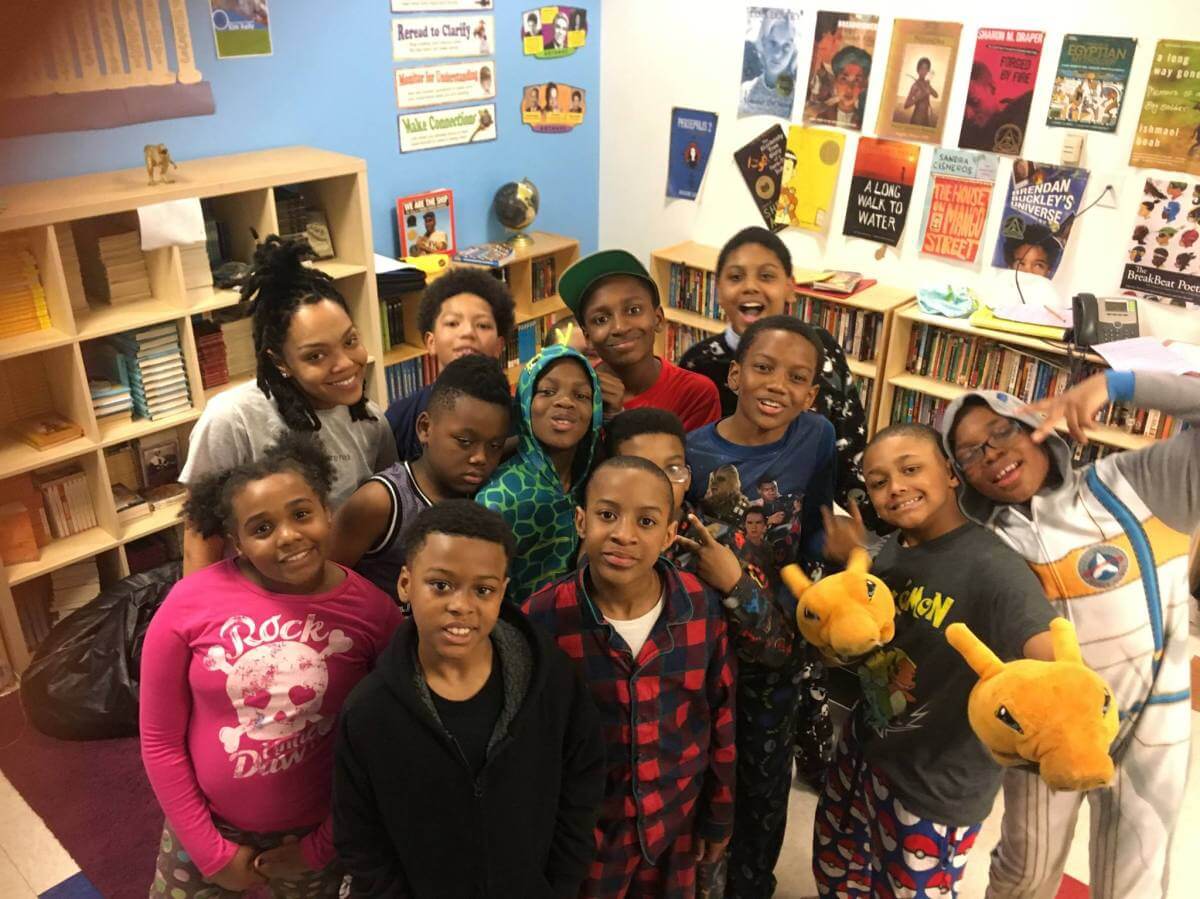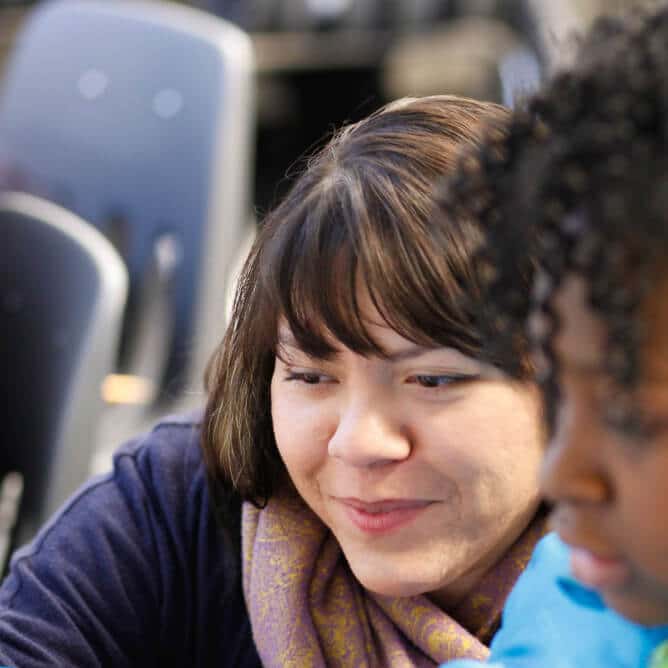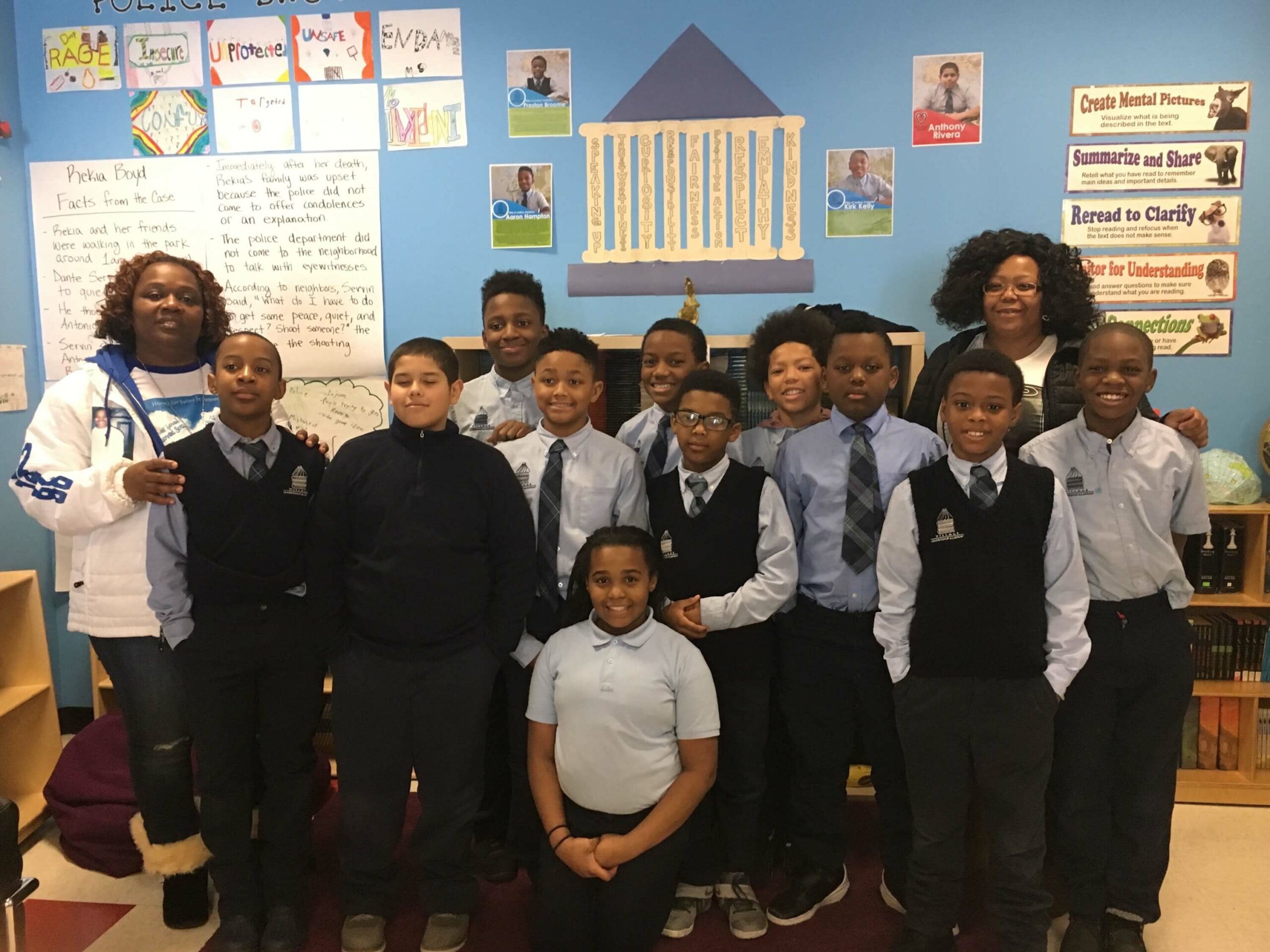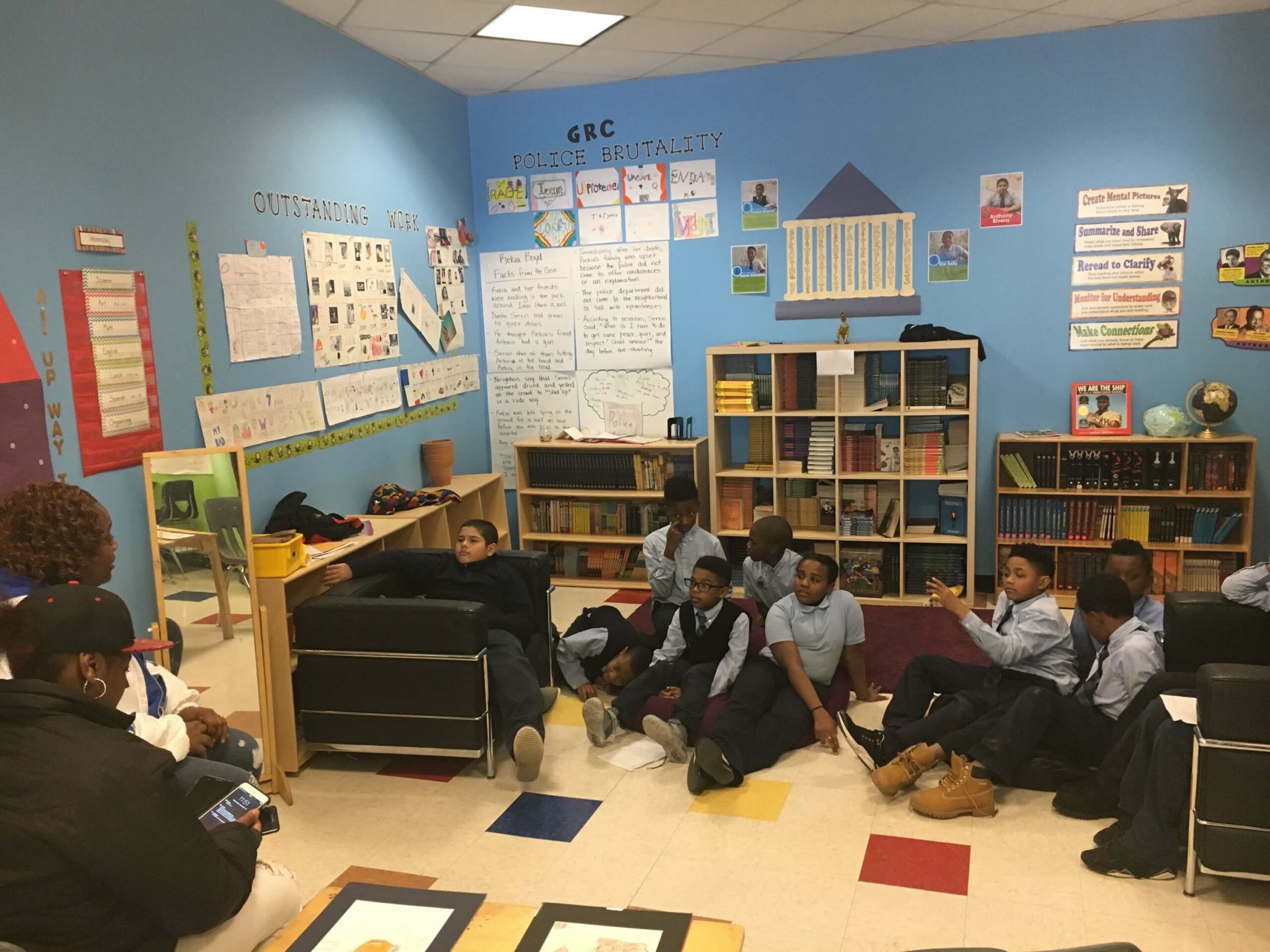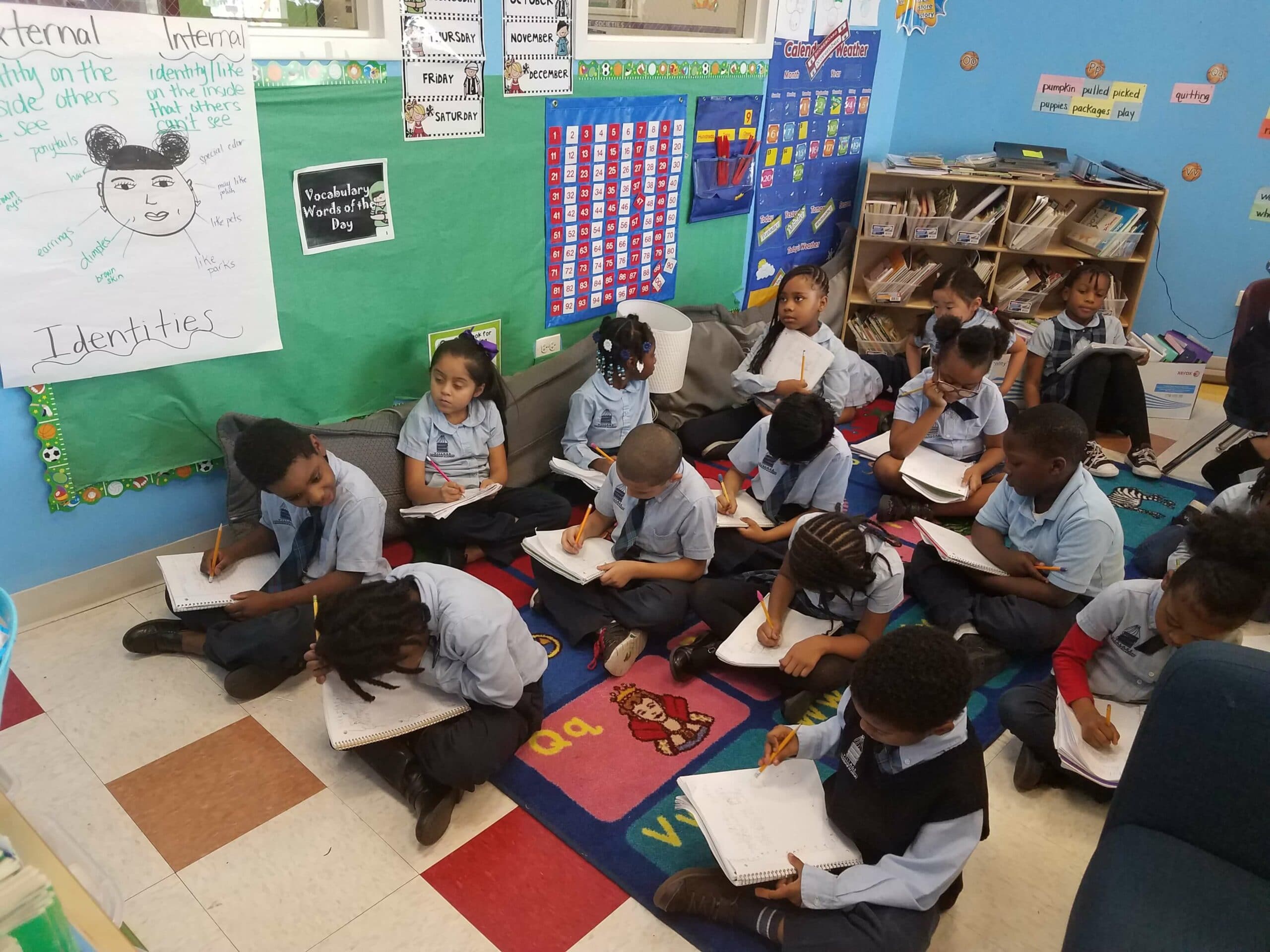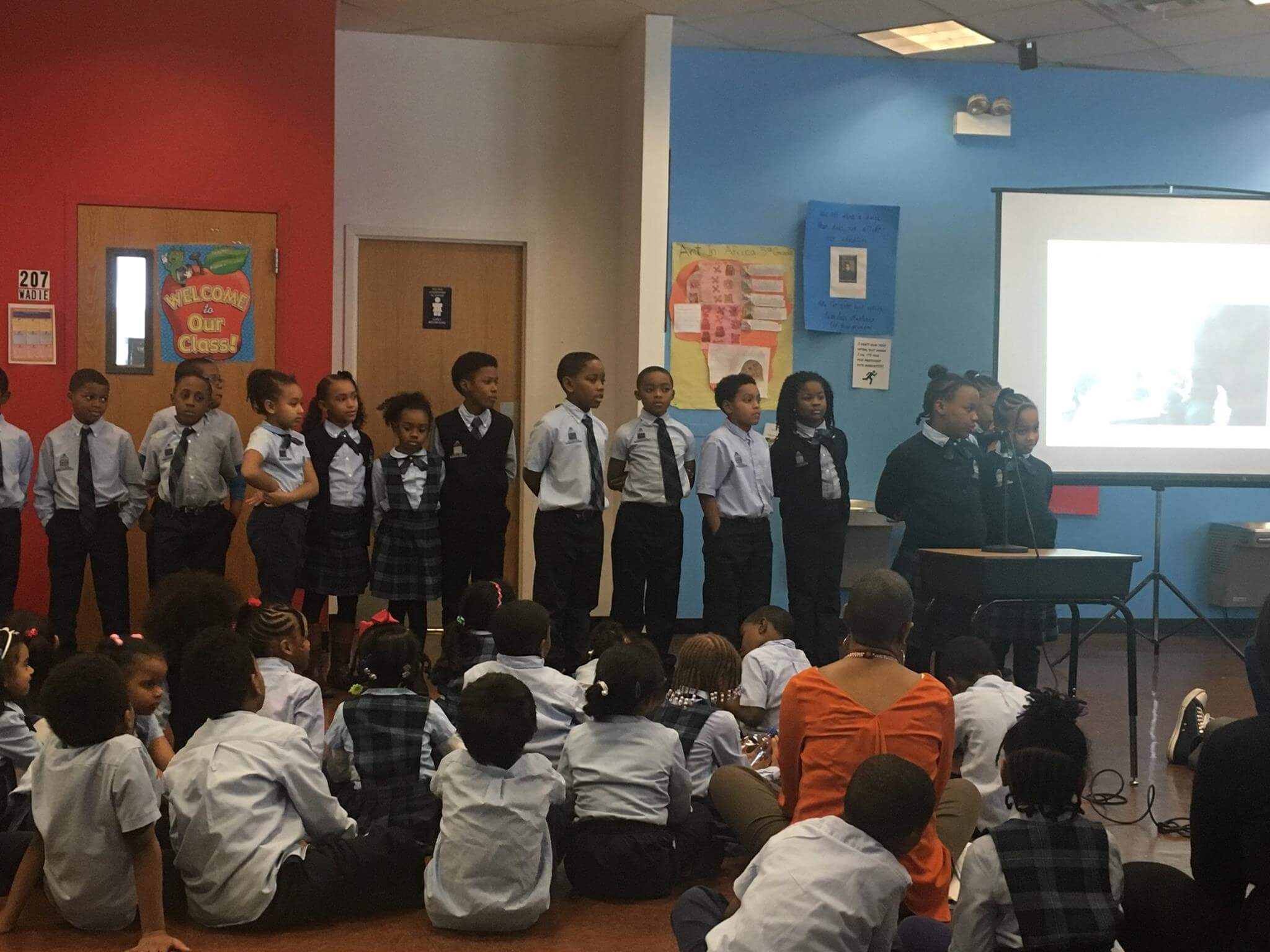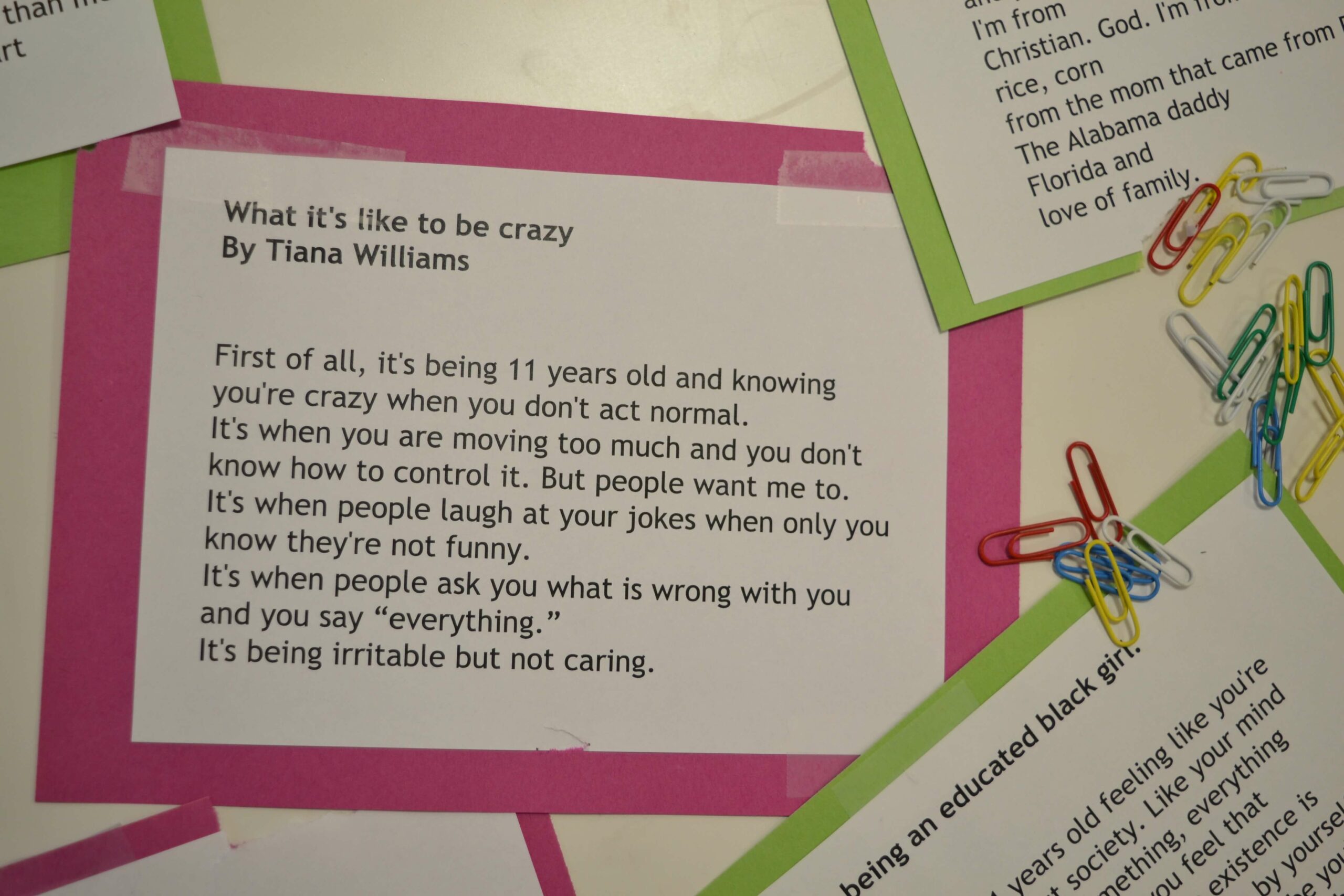Blog
We Can’t Wait to Show You How We Make the World a Healthier Place

We began the second part of our campaign by focusing on answering some very important questions. It was my goal as their teacher to guide them with questions, and then really let them take the reigns of creativity when answering. As a teacher, I always try to not just tell my students the “correct” answer, but rather let them arrive to it on their own through discovery and critical thinking.
The first question I posed was: Why is junk food bad for you? Right away, my students were able to come up with a long list of reasons. These reasons included: junk food has a lot of sugar, it has a lot of calories and fat, it contains artificial flavorings and preservatives, it contains chemicals, it contains saturated fat, and it makes your stomach hurt. The fact that a second grade student can come up with the phrase “artificial flavorings and preservatives” is pretty impressive.
The second question we investigated was: what does unhealthy/junk food do to your body? My students said that junk food makes you lazy, it makes you sick, it raises your blood pressure, it shuts down your organs, and it makes you overweight. One of the most insightful answers was when one of my students mentioned that the chemicals in unhealthy food (saturated fat, high fructose corn syrup, preservatives) make you addicted so that you just want to eat more and more. My students were also able to share personal stories of how they have seen the results of unhealthy eating in their families and in their communities.
During another conversation, we discussed why people choose to eat unhealthy food. Most of my students mentioned that they are constantly bombarded with commercials, advertisements, and billboards portraying junk food as incredibly appealing. We then had a discussion about commercials that we see on TV. Within minutes, my students could come up with 10+ commercials for unhealthy/fast food restaurants. When asked about healthy commercials, the only restaurant that was mentioned was Subway. In the words of my students, “This has to stop”!
After coming up with our own answers to these questions, we decided to ask the rest of the community. We chose to do this through the use of a survey. Our survey was given to 31 community members including parents, grandparents, aunts, uncles, teachers, etc.
Our survey consisted of 5 student-created questions that were very similar to the ones we discussed in class. After we received the results, my students recorded the data and calculated the percentages of each answer (yes, they are that smart!). My students and I used one of our math periods to investigate our data. Each student was given copies of our completed survey. One student was our “data keeper” and kept tally marks on the board for each recorded response.
Although this process took a lot longer than I anticipated (and would have gone so much quicker if I had just done it myself), I once again put on my teacher hat and made each part of this experience a learning opportunity. Ultimately, the math incorporation was very successful and slowly but surely, our data was compiled.
The results were truly astounding.
The first question we asked was: “do you think unhealthy eating is a problem in the community”? 29 people said yes, 2 people said no. This means that 94% of the people in our community think that unhealthy eating is a problem. The second question we asked was: “do you have access to a grocery store”? 27 people said yes, 4 people said no.
That means that 87% of the people we gave a survey to have access to a grocery store. The next question we asked was: “do you think that unhealthy food is bad for your body”? 31 people said yes, 0 people said no.
That means that 100% of the people we surveyed think that unhealthy food is bad for your body. We also asked: “how many days a week does your family eat out at a restaurant”? 84% of people said that they eat out 1-2 days per week. 16 % of people said that they eat out 3-4 days a week. This means that families are eating at home most nights of the week.
The last question we asked was: “why do you think people choose to eat unhealthy food”? We got some very interesting results. 14 people said that they choose to eat unhealthy food because it tastes good. 10 people said they choose to eat unhealthy food because healthy food is too expensive. 8 people said that they choose to eat unhealthy good because they don’t know that the food they are eating is unhealthy. 5 people said that they eat unhealthy food because it is addicting.
The results from our survey allowed our class to truly see where our community needs the most help regarding healthy food and making healthy food choices. As a class, we decided to focus heavily on educating the community to take action.
Some ideas that my students came up with are: working with grocery stores in the area to develop healthy food shopping lists on a budget, having healthy food drives, and creating a healthy food cook book. These are only some of the many incredible ideas that my students came up with. In the wise words of my second grade students, “we can’t wait to show you how we make the world a healthier place”!
Enroll Now
Discover a partner in the future of your child. Enroll your scholar for the 2021-2022 school year today!
